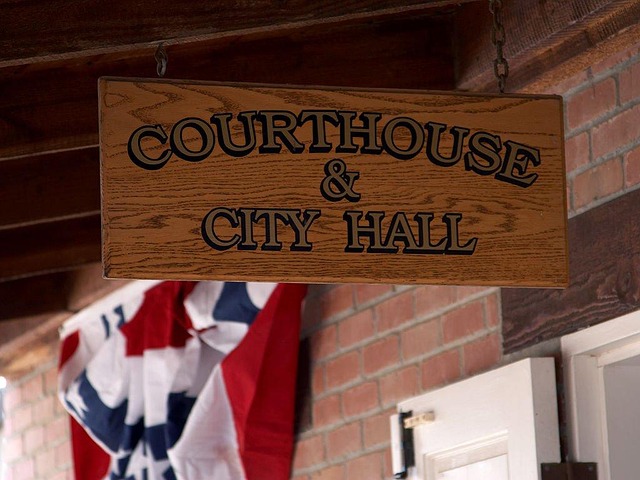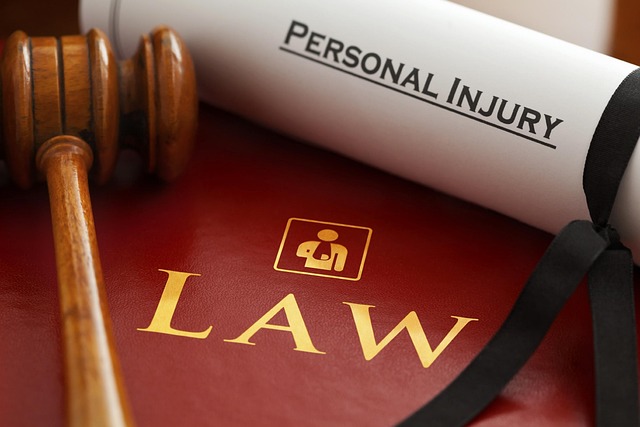In securities class action lawsuits, the importance of evidence in criminal litigation is critical. Robust documentation like financial records, communications, and expert opinions are pivotal for proving liability and ensuring justice for investors. Courts strictly adhere to admissibility rules, demanding relevance, reliability, and authentication. Effective defense strategies hinge on presenting compelling evidence to counter plaintiff claims, with the ultimate goal of achieving favorable outcomes through settlement or trial. Strategic organization, storytelling, and clear communication of data and testimony are key to persuasive arguments in these complex financial disputes.
Securities class actions are complex legal battles where investors unite to hold wrongdoers accountable. This article delves into the intricate world of these lawsuits, focusing on a key aspect: the importance of evidence. From understanding the foundational overview to navigating stringent legal standards and admissibility rules, we explore how robust evidence presentation is pivotal for success. Uncovering best practices ensures effective strategies in securing justice, underscoring the significance of evidence in securities litigation.
- Understanding Securities Class Actions: An Overview
- The Role of Evidence in Proving Liability
- Legal Standards and Admissibility Rules
- Best Practices for Effective Evidence Presentation
Understanding Securities Class Actions: An Overview

Securities class actions are a significant aspect of financial litigation, where a group of investors joins together to sue for damages resulting from alleged securities law violations. These cases can have far-reaching implications for both respective businesses and individual clients involved in complex financial schemes. Understanding the intricacies of these actions is crucial, as they often involve substantial monetary rewards or penalties for the aggrieved parties.
The importance of evidence in criminal litigation extends to securities class actions as well. In these cases, robust documentation, including financial records, communications, and expert opinions, plays a pivotal role. White-collar defense strategies heavily rely on presenting compelling evidence to challenge the plaintiff’s claims and protect the interests of corporate and individual clients alike. Therefore, a thorough understanding of evidence handling and presentation is essential for successful outcomes in securities class action cases.
The Role of Evidence in Proving Liability

In securities class action lawsuits, the role of evidence is paramount in proving liability and ensuring justice for investors. Unlike criminal litigation where the focus may be on punishment, civil cases like these aim to compensate victims and change corporate behavior. Evidence serves as the backbone of this process by providing concrete facts and circumstances that demonstrate wrongdoing. Without substantial and relevant evidence, it would be challenging to establish a strong case, let alone secure a complete dismissal of all charges or avoid indictment for the respective business entities involved.
The importance of evidence cannot be overstated; it helps in reconstructing events, validating allegations, and persuading judges and juries. This includes financial records, corporate communications, expert opinions, and witness testimonies—all working together to paint a clear picture of any misconduct. By presenting compelling evidence, plaintiffs’ attorneys can significantly enhance their chances of achieving a favorable outcome, whether through settlement or a successful trial, ultimately holding accountable those responsible for securities fraud or other violations.
Legal Standards and Admissibility Rules

In securities class action cases, the importance of evidence in criminal litigation cannot be overstated. Legal standards for admissibility of evidence are stringent to ensure fairness and prevent unfair prejudice. The court strictly adheres to rules governing the presentation of evidence, requiring it to be relevant, reliable, and authenticated properly. This ensures that only credible and substantial proof is considered in reaching a decision, which is crucial for both corporate and individual clients facing such litigation.
An unprecedented track record of successful cases often hinges on robust and admissible evidence. Skilled attorneys navigate these complexities, gathering and presenting facts, documents, expert opinions, and witness testimonies to build a compelling case. The general criminal defense strategy in securities class actions demands meticulous attention to detail, as every piece of evidence must meet the strict legal standards to be admissible and, ultimately, persuasive in court.
Best Practices for Effective Evidence Presentation

The presentation of evidence is a critical aspect of securities class action lawsuits, as it can significantly influence the outcome of jury trials. The importance of evidence in criminal litigation cannot be overstated; it forms the backbone of legal arguments and helps judges and juries understand complex financial matters. Effective evidence presentation involves organizing and structuring data, documents, and expert testimony in a clear and compelling manner.
To achieve extraordinary results in these challenging defense verdicts, attorneys should focus on storytelling through evidence. This means presenting facts in a logical sequence, highlighting key points, and using visual aids to make complex financial concepts more accessible to the jury. By employing these best practices, legal teams can ensure their arguments are persuasive and leave a lasting impression, ultimately increasing the chances of winning crucial cases.
Securities class actions require a robust understanding of evidence handling due to their complex nature. As discussed, the importance of evidence in criminal litigation extends to these cases, where it plays a pivotal role in proving liability and guiding legal decisions. By adhering to best practices for effective evidence presentation, attorneys can navigate the intricate legal standards and admissibility rules, ultimately fostering fair outcomes for all parties involved.






